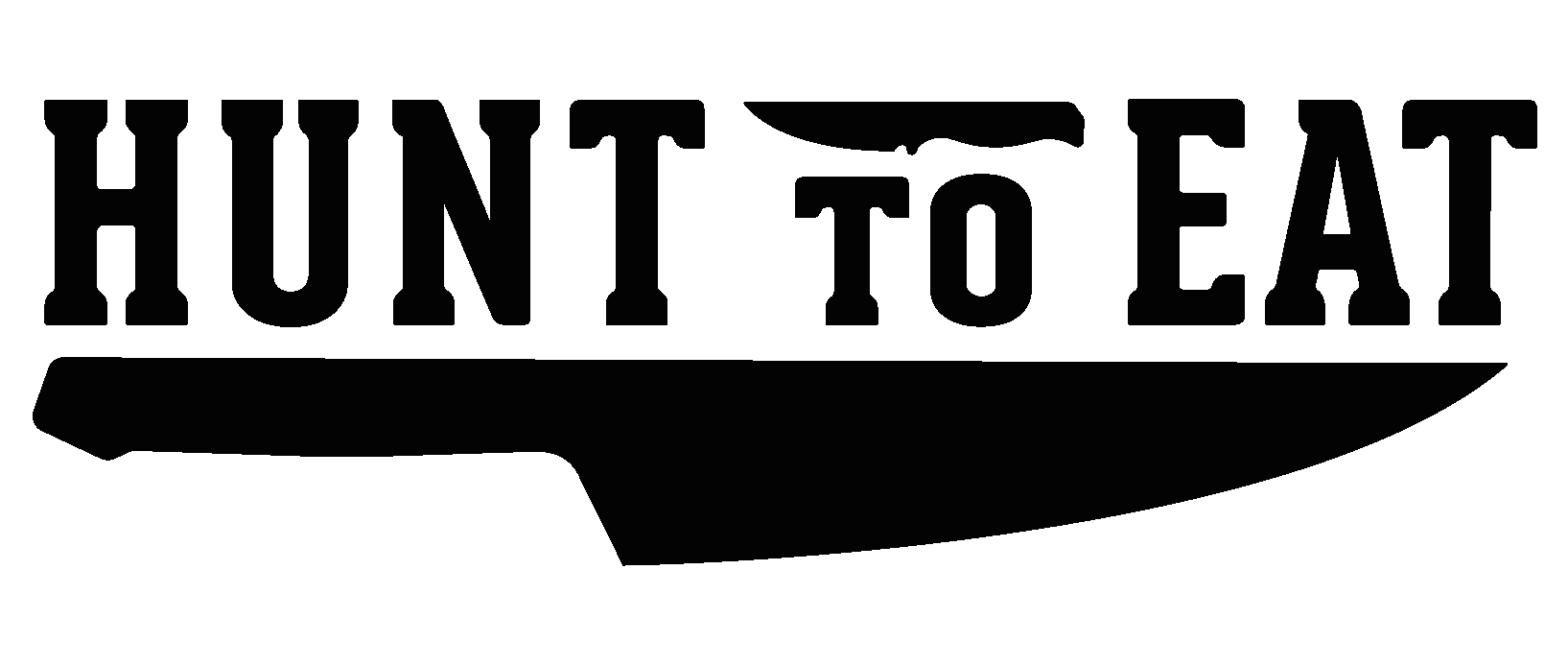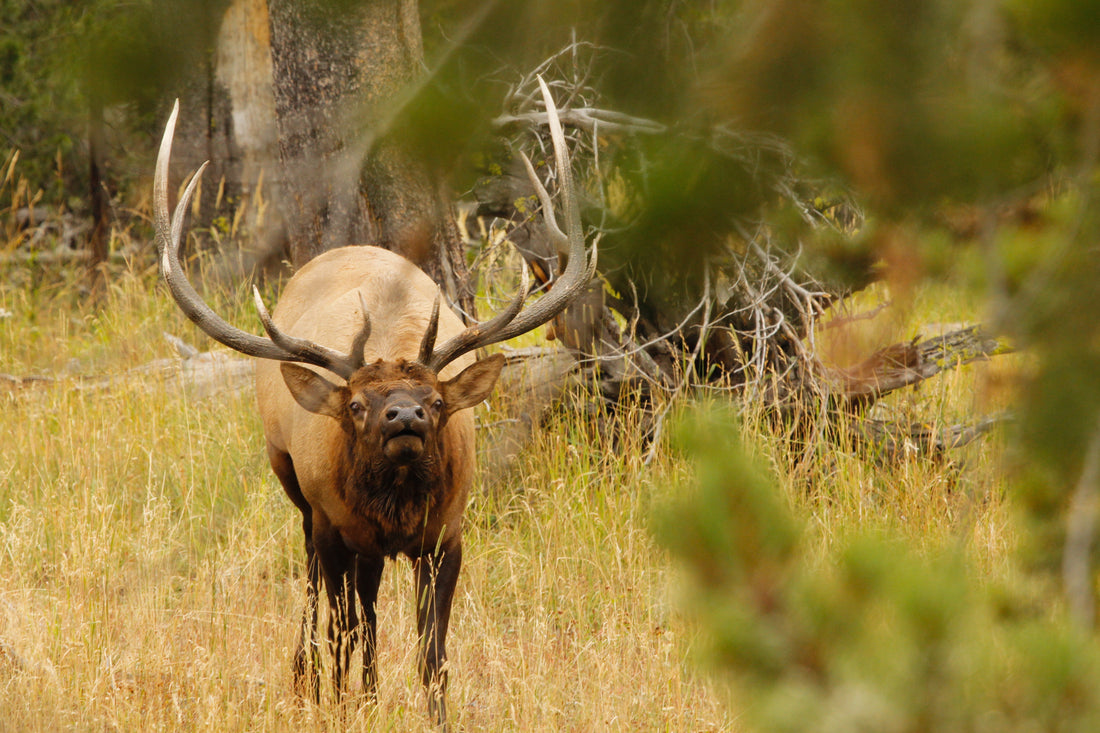by Jessi Johnson | photos by Neil Moore
“A flash of tawny brown guard hairs glint in a golden sun ray too fractured for your eyes to catch a full image. It is September and the air is crisp and holds the scent of anticipation; musky and green, it leaves a taste of by gone summer on your tongue. Through the aspens you hear a faint foot fall that vibrates into your sternum and you feel more than hear their woodland retreat. A chirp of a lost calf floats into the air; calling to its mother. The light breeze rustles the canopy and quarter sized tear drop aspen leaves suspend in their dance from green to gold. And then, stillness. The earth takes a breath and only a bold squirrel dares to challenge natures mandatory meditation. You take three steps forward and your foot lands on a stick. The sharp crack feels deafening and the woods respond. As if dredged from the depths of a soul…. a long overture of a bugle rips into the silence. Its trumpet peels over the woods and crashes into you, leaving the air humming and your heartbeat scattered. From somewhere behind you an answering bugle; this one is further off and its sound changes at this distance but its intent is clear. Between two bulls, bow in hand you put your back to a tree and wait, watching the small meadow before you for a sign that he is coming.”
In one of the more impressive comeback stories in American conservation the elk, or Cervus elaphus, still clings to its iconic spot in western* landscapes and lore. At present their population count is in the vicinity of 1 million, however, there was a time that this animal spanned the continent in numbers closer to 10 million. Of the historic six subspecies (Rocky Mountain; Rocky Mountain west, Tule; central California, Roosevelt; coastal Pacific Northwest, Merriam extinct; Southwest and Mexico, Eastern extinct; east of the Mississippi, and Manitoban; northern Great Plains) only four remain. Unrestrained market hunting and habitat loss cratered the population and on September 1st 1877 the last eastern elk was shot in Pennsylvania and the Merriam’s elk followed soon after.
In his book “Big Game Hunting in the Rockies and in the Great Plains” published in 1899 Theodore Roosevelt said “The wilderness has been conquered and all the game killed off”. I think on this statement as a bone chilling reminder of what is at stake and what we could have lost. It is because of the “unpopular for the time” actions of a determined few that we still walk out in September and hear bugles echoing through the woods, and had we waited to act even just a few years we likely would be looking at elk alongside the passenger pigeon and dodo. The North American Model of Wildlife Conservation gave us guidelines and a vision for a sustainable future for hunters and wildlife alike and while this was a huge conservation win for the time, the work doesn’t stop there.
We still face numbers 1/10th the historic population and likely they are residing on less than 1/10th the habitat. Disease because of over population in nutrient lacking landscapes and the ever-present encroachment of humanity living in “wild and scenic rural places” leaves this animal in a strange limbo. While they are certainly not endangered by any legal or countable sense I think it is fair to say that what they metaphorically represent is.
We lose wild places every day, some in small swaths, and others in such grand scale that it makes me wonder what will be left in 100 years. And yet I think there is hope. The elk still holds a spot of mysticism in the American ethos of the West and their larger than life reputation lends itself to a fanaticism I believe and hope will end up saving them. So many individuals, groups, and even industry businesses are taking a lead in the conservation of our wild places and the wildlife that inhabit them. It takes a small dedicated outspoken few to keep this movement going, imagine how that would change if rather than “The few”, we had “The many”.

“You press your back to the aspen, feeling the round knots and smooth bark cool and stoic through your jacket. You have an arrow knocked and your draw arm quivers a bit with adrenaline and nerves. You are on the edge of a small clearing that is just big enough to allow for a glimpse of the mountains in the distance. Snowcapped and rugged they preside over this landscape like sentinels. These peaks have watched this place for eons. Movement catches your eye and a silvery tine twitches in the shadows at the edge of the meadow followed by a flicker of the ear and a raising of a nose. The wind brushes across your cheek. The elk knows these woods better than you. He sticks to the edge, wary of a place with too much exposure until finally he can stand it no longer and steps cautiously into the clearing. Wheat colored bunch grass blows gently and the bugles from behind you waft ever closer. The elk’s eyes turn towards the sound and looks past you into the aspens searching. You stand as still as you ever have, caught between taking a breath and blinking you wait. Finally, he puts his head down and sniffs the earth. Back lit by the sun with the peaks in the background he is an icon of this place and this experience. You inhale and draw.”
*Elk are found at present in the Western United States, Wisconsin, Michigan, Minnesota, Missouri, Pennsylvania, Arkansas, Kentucky, Tennessee, Virginia, North Carolina, and Ontario and west in Canada; I mention only Western states as their place of iconism.

